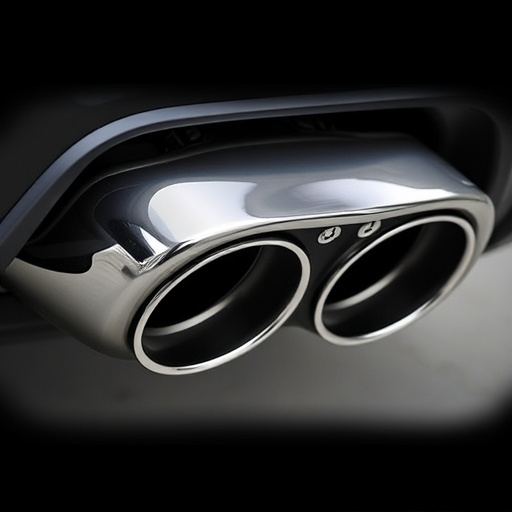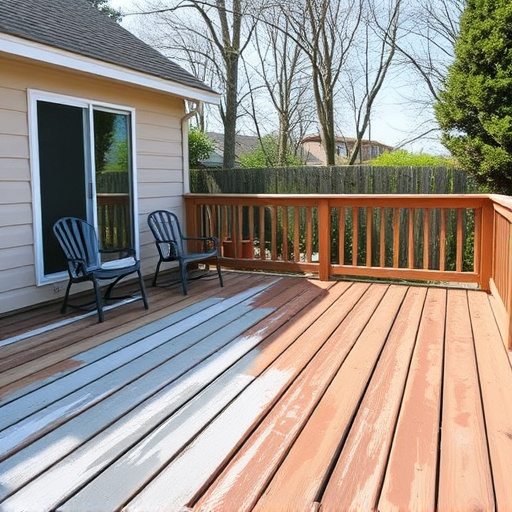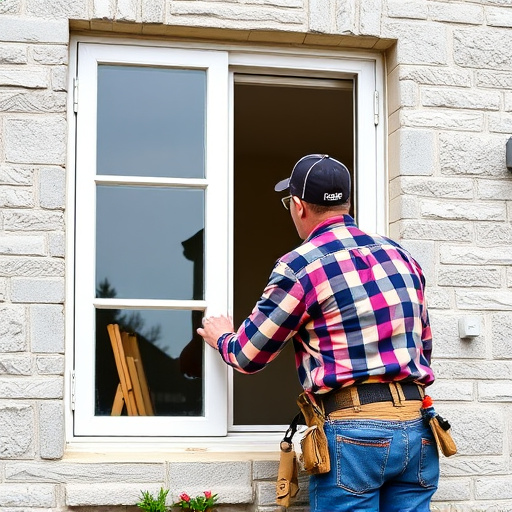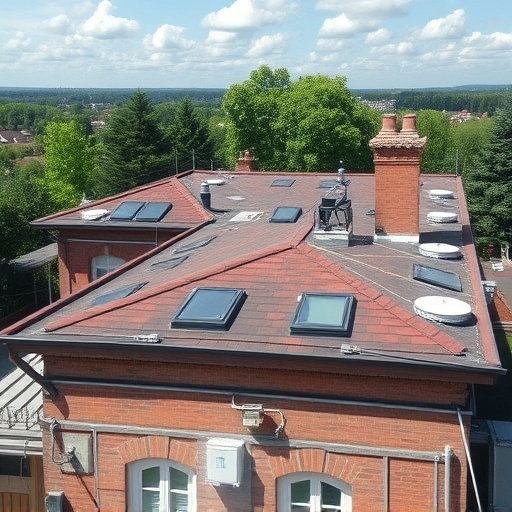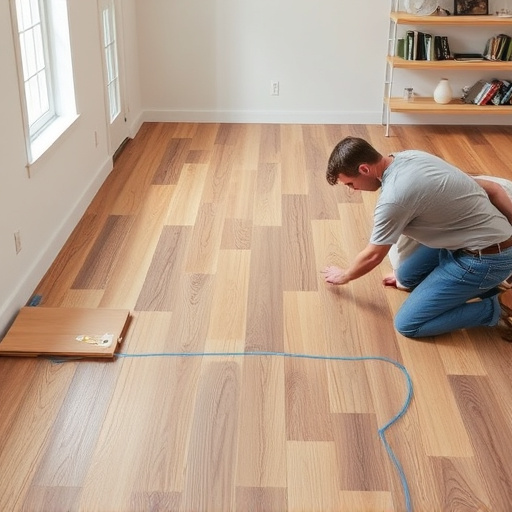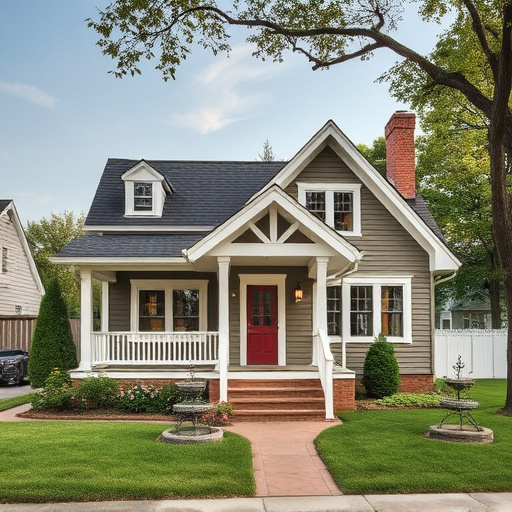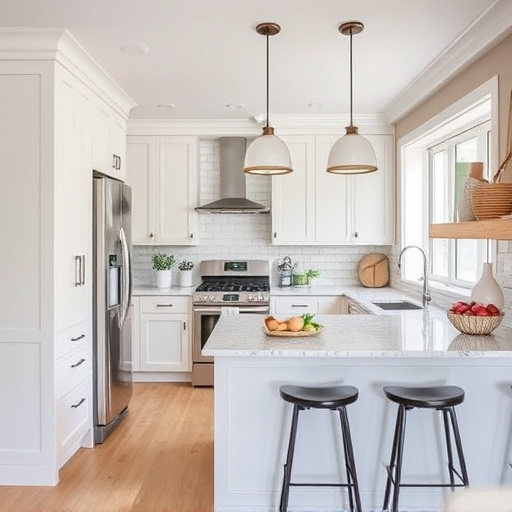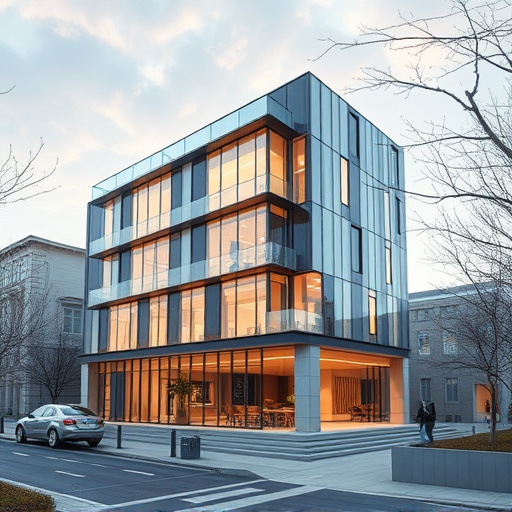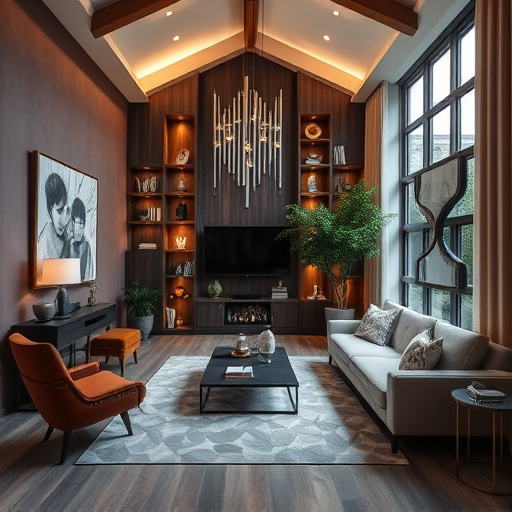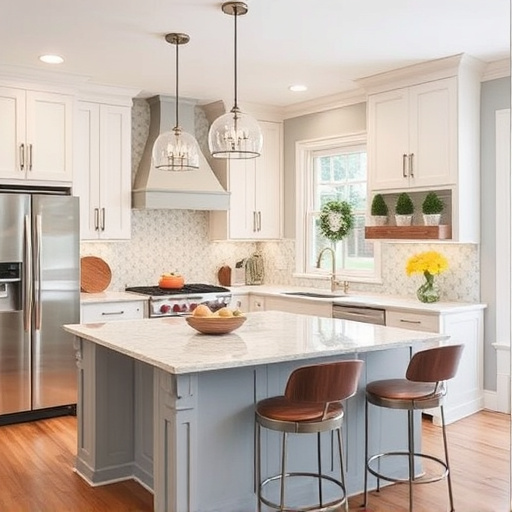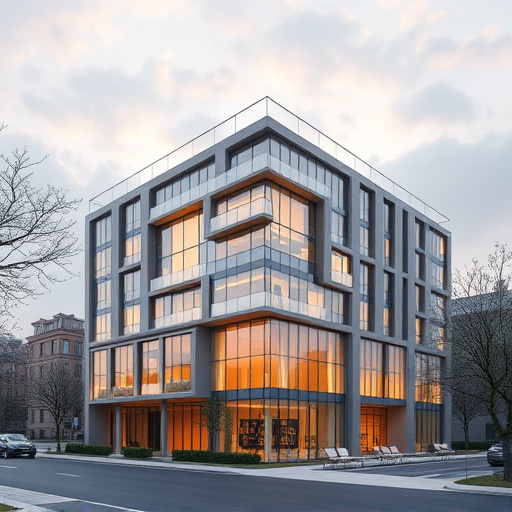A high-end remodel prioritizes cohesive design through client preference translation into personalized yet sophisticated spaces. This involves color palette, material, and furniture coordination for visual harmony, seamless integration of new elements with existing features, and effective use of common design elements to create an elegant, consistent, and inviting atmosphere reflecting homeowners' style while balancing aesthetics and functionality.
Achieving cohesive design in high-end remodels is an art that transforms spaces into harmonious, elegant oases. This article guides you through the essential steps to create a visually stunning and functional environment. We explore the core principles of cohesive design tailored for luxurious renovations, focusing on color palettes, texture pairings, and material choices. By integrating aesthetics with practicality, we’ll demonstrate how to craft seamless spaces that exude sophistication and refinement, setting new standards in high-end remodelings.
- Understanding Cohesive Design Principles for High End Remodels
- Curating a Visual Identity: Colors, Textures, and Materials
- Integrating Functionality and Aesthetics for a Seamless Space
Understanding Cohesive Design Principles for High End Remodels
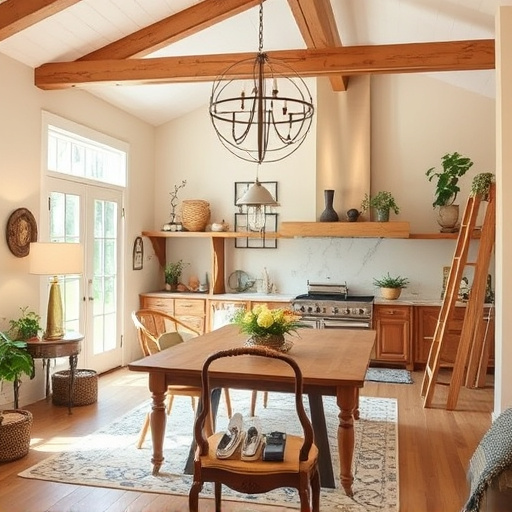
In the realm of high-end remodels, achieving cohesive design is paramount to creating a harmonious and luxurious space. It goes beyond mere aesthetics; it’s about crafting an environment where every element tells a unified story. To master this, designers must embrace key principles. Firstly, cohesive design requires a deep understanding of the client’s style and preferences, translating their vision into a reality that feels both personalized and polished. This involves careful consideration of color palettes, material choices, and furniture arrangements to create visual harmony throughout the home transformation.
Furthermore, seamless integration is crucial, especially when undertaking home renovations or floor replacements. It ensures that new additions blend effortlessly with existing features, creating a cohesive whole rather than disparate parts. Effective use of common design elements, such as architectural details, lighting fixtures, and decorative accents, can help bind the space together. Ultimately, a high-end remodel should aim to deliver an elegant and consistent experience for occupants, making each space both beautiful and inviting.
Curating a Visual Identity: Colors, Textures, and Materials
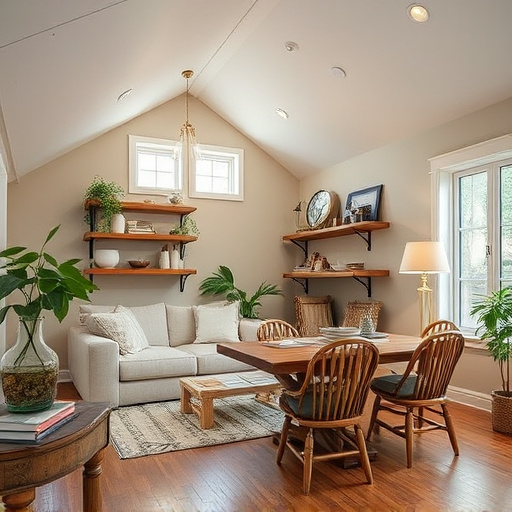
In a high-end remodel, curating a cohesive visual identity is paramount to creating an elegant and harmonious space. This involves carefully selecting colors, textures, and materials that complement each other and reflect the homeowner’s style. For instance, a neutral palette with accents of rich, earthy tones can evoke a sense of warmth and sophistication, while a bold color scheme with contrasting textures adds drama and contemporary flair.
Materials play a crucial role in defining the overall aesthetic. Customized work often incorporates natural elements like stone, wood, and metal, which not only enhance visual appeal but also bring a sense of craftsmanship and luxury. In bathroom renovations, for example, marble tiles and brass fixtures can elevate the space into a spa-like oasis. Interior painting is another versatile tool; a thoughtfully chosen color can transform a room’s atmosphere, making it more inviting or formal as desired.
Integrating Functionality and Aesthetics for a Seamless Space
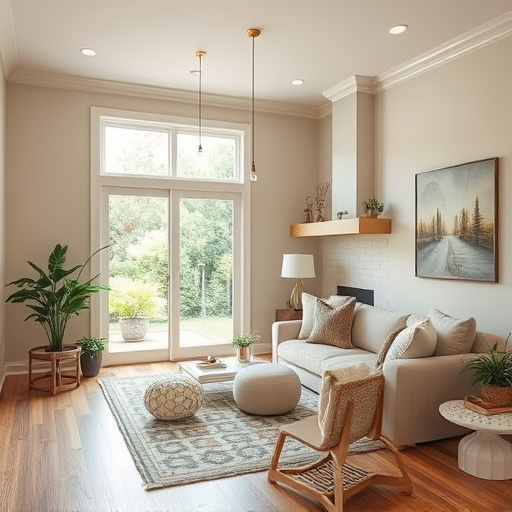
In a high end remodel, achieving cohesiveness involves seamlessly integrating functionality with aesthetics. This begins with understanding how each design element serves both practical and visual purposes. For instance, selecting materials that are not only visually appealing but also durable and easy to maintain ensures an elegant space that stands the test of time. Consider the interplay between textures, colors, and finishes; a well-curated combination can create depth and interest while maintaining a unified look.
In residential renovations, particularly in kitchen and bath areas, this integration is crucial. Custom features such as built-in storage solutions or elegant exterior painting techniques can enhance both usability and aesthetics. The key lies in balancing the need for functionality with design flair, resulting in a space that not only pleases the eye but also offers unparalleled comfort and convenience.
Achieving cohesive design in a high-end remodel involves integrating principles that balance functionality with aesthetics. By understanding design principles, curating a unified visual identity through colors, textures, and materials, and ensuring every element serves both form and function, you can create a seamless space that is not only stunning but also highly practical. A successful high-end remodel should be a testament to these cohesive design principles, enhancing the overall experience and value of your living or working environment.
